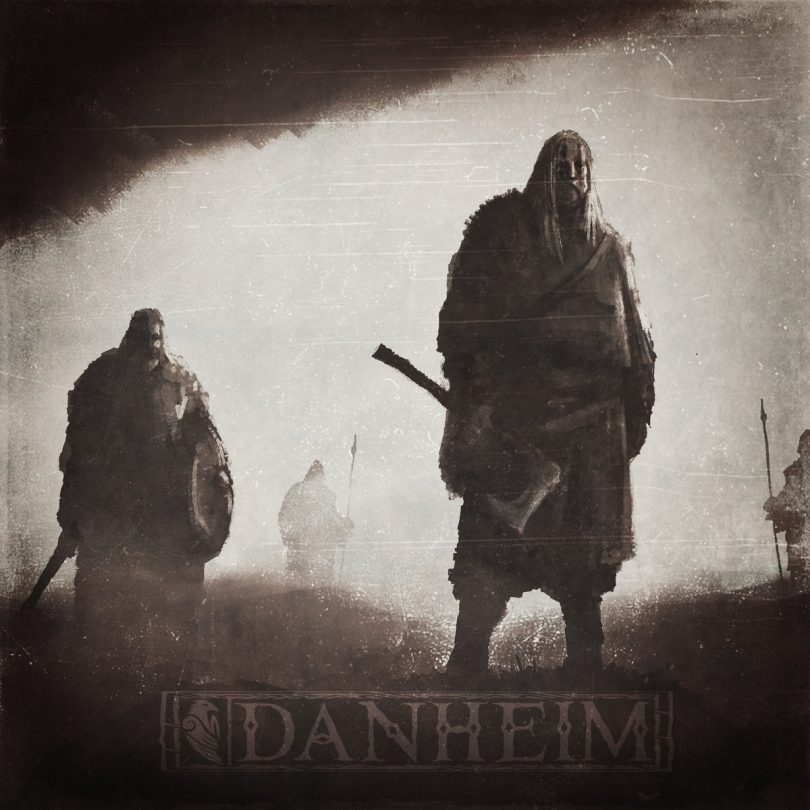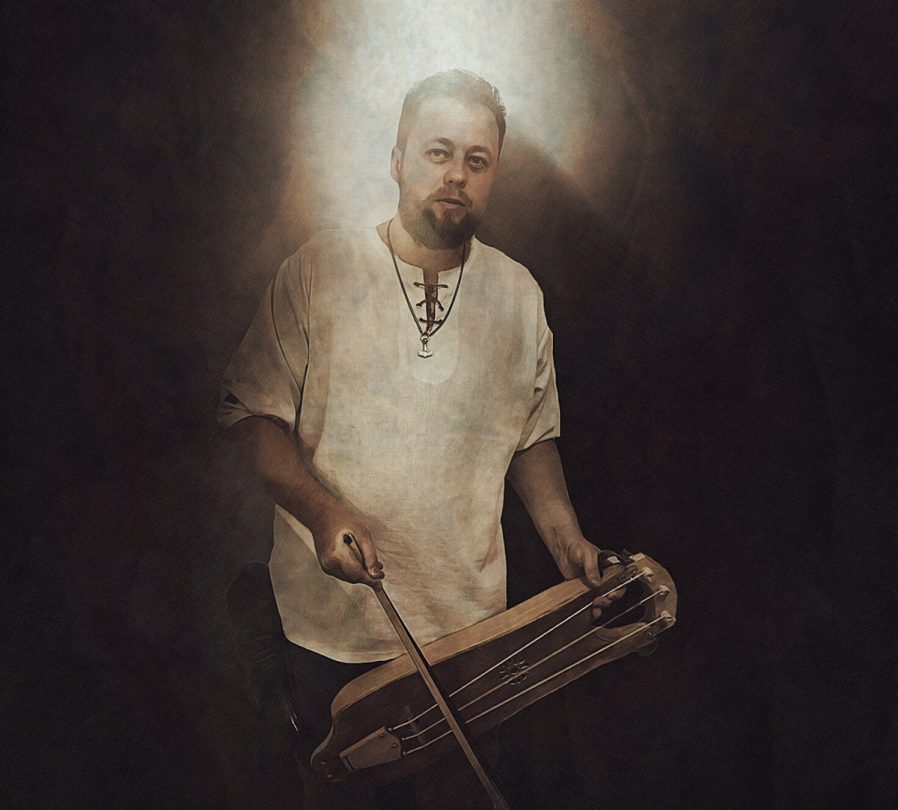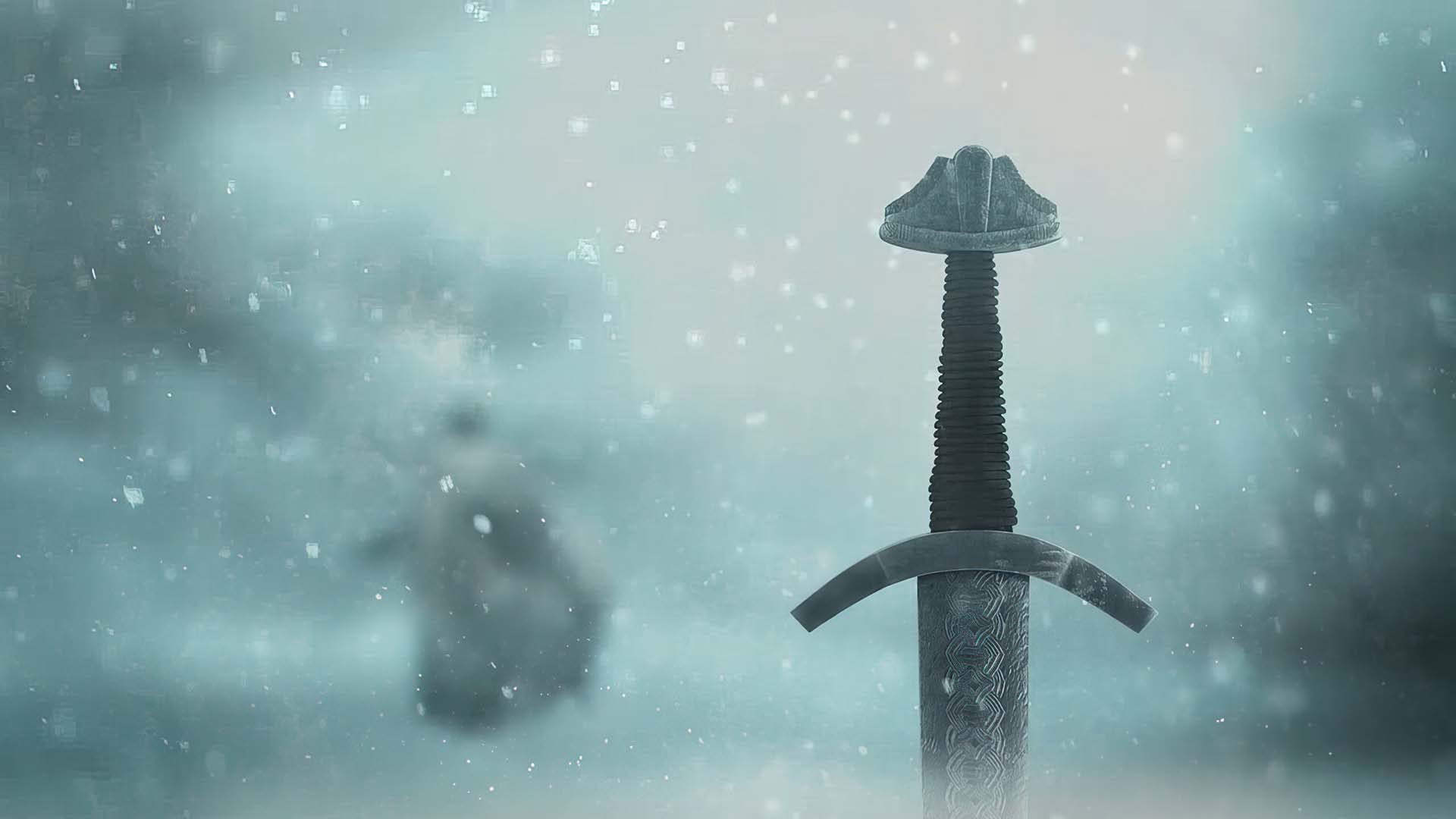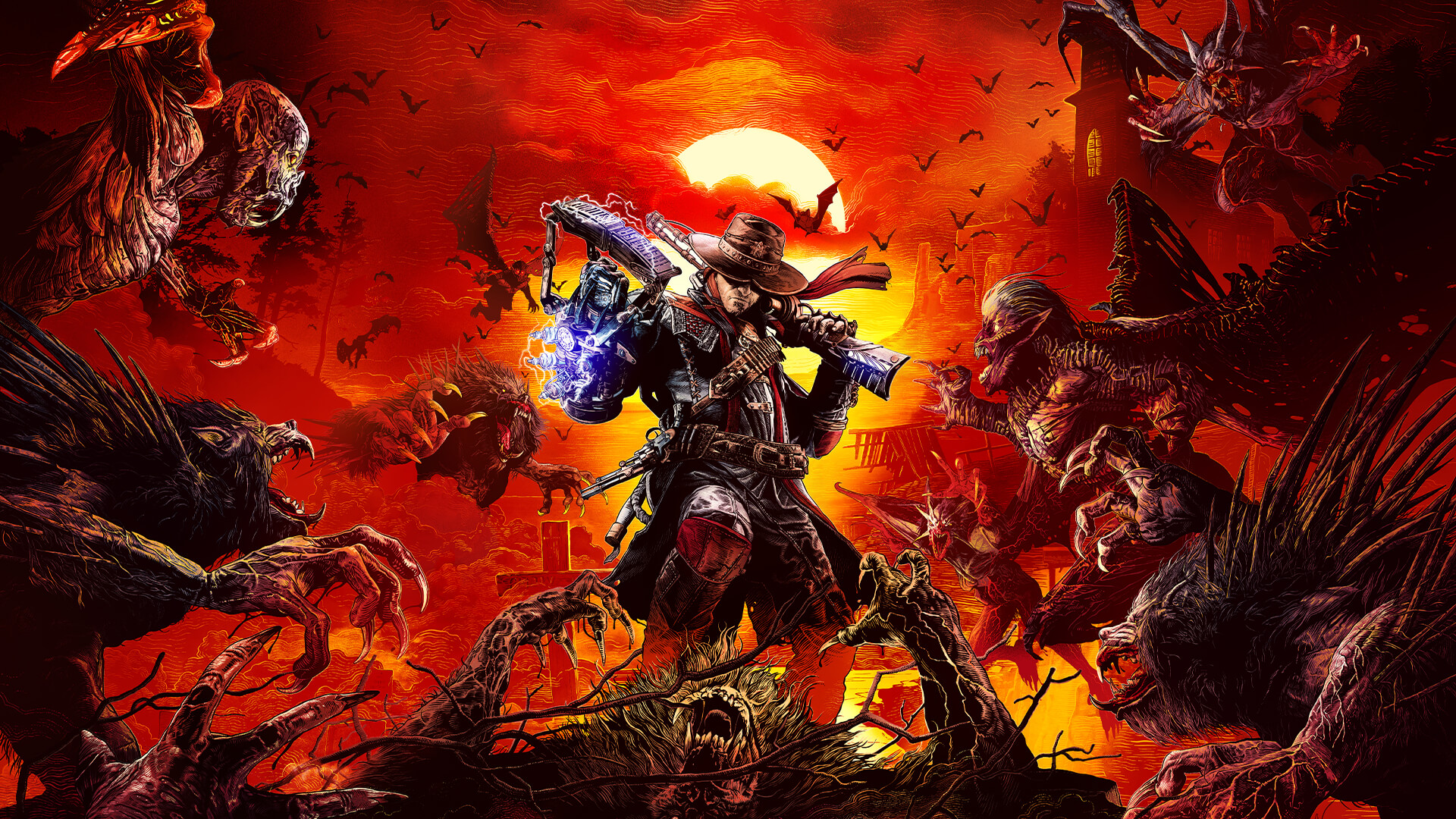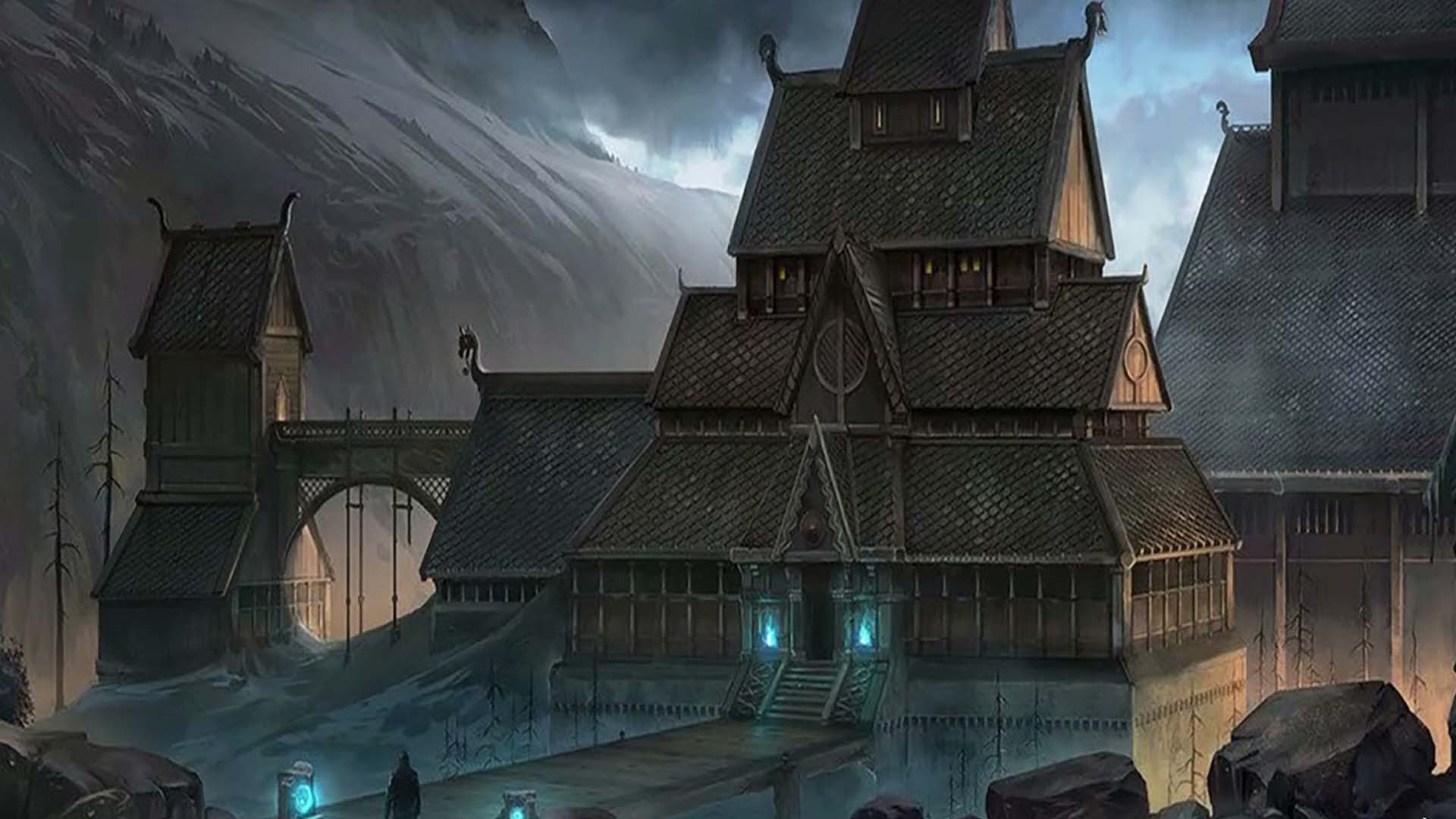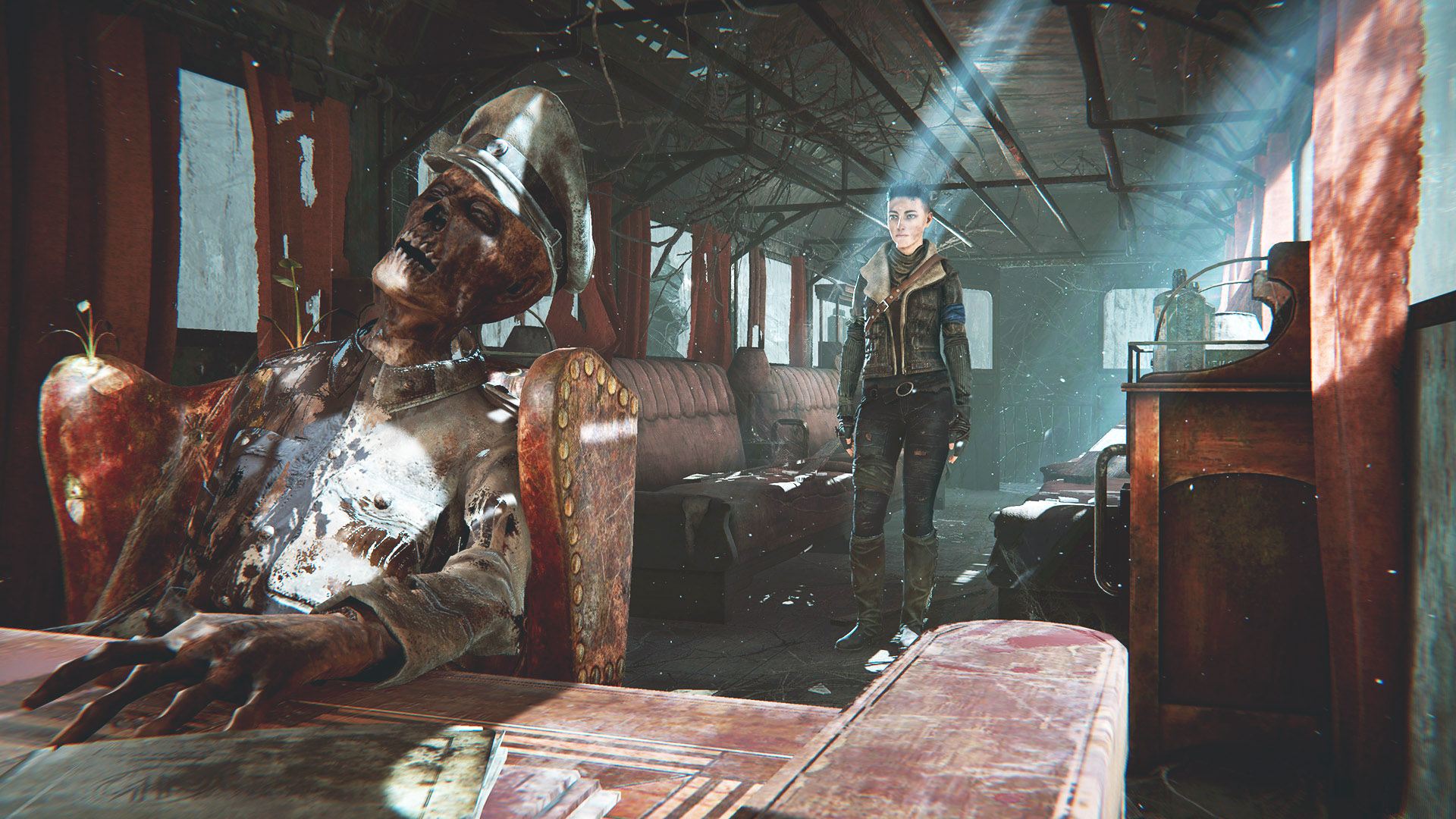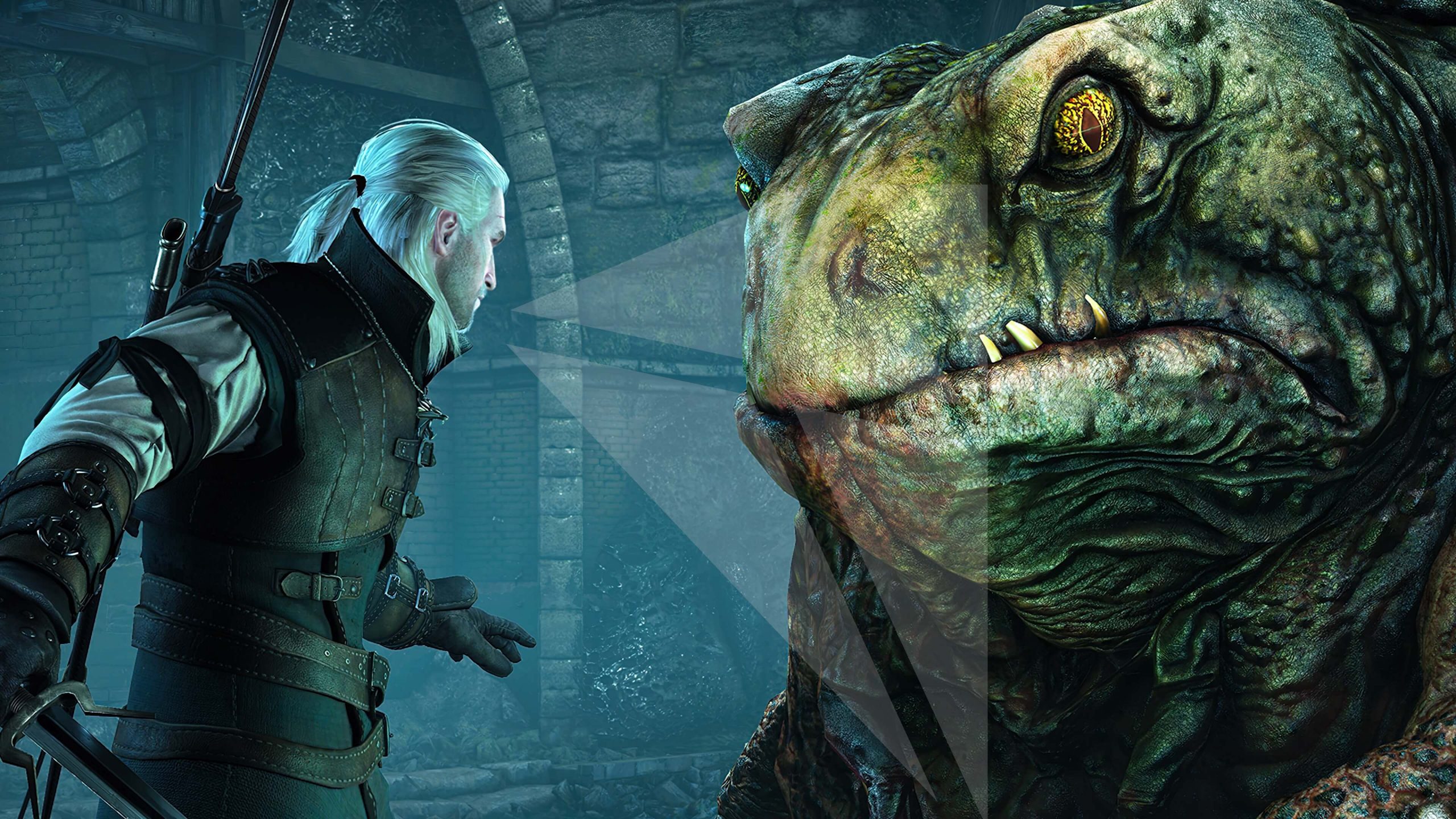July 31, 2021 — Operating under the moniker Danheim, Copenhagen’s Mike Olsen has forged a successful career around the tonally rich palette of the expanding Nordic neofolk scene, with Danheim joining the likes of Wardruna, Heilung, and SKÁLD as one of the genre’s most-streamed artists — pulling in over 490,000 monthly listeners on Spotify alone.
In only four years, Danheim has released no less than seven full-length records, each clocking in at between 40 minutes and an hour for an immersive experience derived from Danish medieval tradition and more ancient Viking Age instrumentation. Domadagr marks not just his eighth full-length studio release, but also the second release made during the current pandemic. The question is of course, how these tumultuous times have affected the music of the project.
“The sheer prevalence of vocal melodies further serves to demonstrate the difference in approach Danheim has undertaken for his new release.”
Descent into Darkness
While only a little over a year apart, there is a night-and-day contrast between the timbres of Domadagr and its 2020 predecessor Skapanir. As though colored by the darkness of a year of isolation and uncertainty, Domadagr makes much more use of an unsettling low-end. Rumbling vocal chants akin to Heilung or even Eastern, Draugablíkk-like throat-singing drop the listener into the deep end straight away on the eponymous opening track. Strings and percussion float atop these chants in the ethereal manner characteristic of Nordic folk, striking a balance between threatening ambiance and lightened melody.
This usage of low-end seems to be indicative of Danheim’s self-stated mission to explore “the darker side of the Viking period”. Eschewing the near-Celtic compositions of fellow Dane female act Myrkur, or even the cinematic ebb-and-flow of Wardruna, Domadagr is instead steeped in a sense of unsettling danger, using the primordial disposition towards unease at sustained low-end [a technique often used in cinema, particularly in the films of Christopher Nolan or in horror] to further unnerve the listener.
Voices of the Old Gods
The sheer prevalence of vocal melodies further serves to demonstrate the difference in approach Danheim has undertaken for this new release. Where, on previous albums, vocals were often distant, shrouded sounds, now they form the heart and soul of each composition. Drafting in fellow Dane and Viking-inspired folk artist Heldom, the song ‘Skaldhakker’ layers the vocal approach in a way that feels almost percussive, punctuating the actual rhythm while overlapping voices create a sense of dissonance. Guttural delivery meets full-throated hums, further showcasing the diverse range of vocal instrumentation that can be employed within the traditional Nordic folk framework whilst still leaving plenty of room for the instrumentation to carry the listener away.
A Seat in the Halls
While the thematic through-line of Nordic folk creates superficial similarities between its acts, the execution often proves to be the biggest differentiating factor for each artist. To whit, the medieval-like string-work of artist duos like SKÁLD feels wholly different in approach to the more cinematic, near-orchestral work of Wardruna, as too does the near reverential approach of Heilung which comes off like a ritual ceremony. That said, Domadagr tracks like ‘Runar’ seamlessly tap into the effect crafted by other artists, albeit for a brief respite from the darkness.
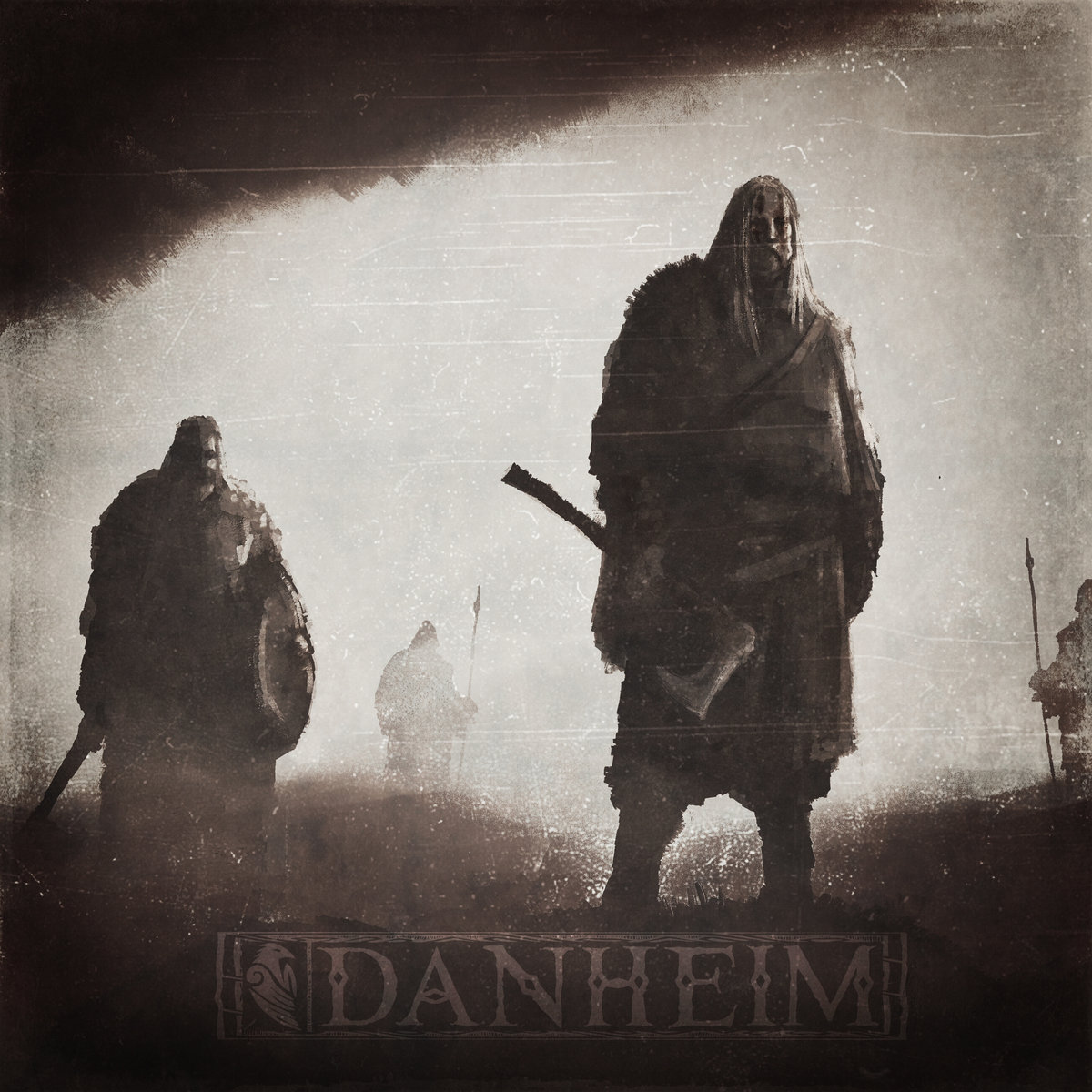
‘Domadagr’ album cover art.
‘Runar’ plays out with the near-tribal war drums one might expect of Wardruna. However, in contrast, the composition also incorporates dainty melodies in its string-work, which feels almost Celtic — a repetitive metronome that drifts across the song’s expanse. These Celtic associations are even greater on the following track, ‘Gall Goídil’ whose title is even a clear nod to Celtic-Gael culture and myth. and the use of bright flute-work here would not feel entirely out of place on an Eluveitie record. Set against mournful strings, however, the instrumentals evoke a sense of journey and loss that still feels strongly tied to the grim, darkened tone which permeates the whole of Domadagr.
A Place of Rest
While Danheim’s compositions are not built around the sense of drama one might find elsewhere in Nordic folk music drawing from Norse myth and its pantheon of gods, there is nonetheless a sense of ambient lull around the halfway mark of the record. The steady rhythmic flow of ‘Runamal’ feels as though it could easily soundtrack a runic sea voyage as it strikes out from shore, whereas follow-ups ‘Grima’ and ‘Hamingja’ feel more basic as their melodies are left adrift. The former track has a touch of the mythic to it but ultimately remains in the realm of the ethereal, while ‘Hamingja’ sounds like a partial duplicate of ‘Runamal’ before it — a handy sonic throwback, albeit one that feels like it comes around far too soon to truly pay off the repetition.
It is the return of the vocals that most cuts through the malaise — ‘Skylda’ brings some urgency back to the mournfulness of the music, the warlike pulse of the drums bringing with them a great sense of foreboding. Striking a balance between mournfulness and somber determination, the compositions on the tail end of Domadagr drive the record out without giving way to dramatic flourishes or sudden flights of fancy. That said, the incorporation of unique and “natural” sounds on closing track ‘Havkrydser’ feel jarring against the sterile sounds of the studio that can be heard elsewhere throughout the record (aside from the brief roar of coast heard at the start of ‘Einherjar’.) Rhythmic shouts, the sound of waves, and even a shrieking seagull all serve as markers for the end of the journey as the album finally reaches the shore.
Verdict
7
Out of 10
The Good
- Danheim’s thick, atmospheric compositions are easy to immerse oneself in, creating an almost claustrophobic sense of mournfulness that is expertly carried throughout the record.
- The rhythmic rise and fall of vocal melodies and percussion become metronomic, further drawing the listener into its pace.
- The vocal approaches utilized perfectly accentuate the darker mood Danheim seeks to evoke.
Additional thoughts
- Regrettably, melodies become repetitive towards the end of the record.
- Domadagr’s run-time of 47 minutes is overly long and borders on “filler content” without any dramatic payoff.
Judgment Day
Roughly translating to “Judgement Day” in English, Domadagr is a sensory tableau best experienced while fully focused. In some instances, Nordic neofolk albums can serve as gentle, droning background music, although Danheim tends to skillfully bring a deep sense of immersion to the table, one which often warrants the devoted attention of the audience — of course, in return for a moving and engaging experience well worth the extra effort fans of Danheim will undoubtedly put in.
Released on July 23, Domadagr is available on Danheim’s Bandcamp page where fans can support the album (and artist) directly. Also, the album is streaming on major music services like Spotify, Apple Music, YouTube, and Deezer. Our favorite tracks can be listened to via the Kurgan Compass™ neofolk playlist on Spotify.





